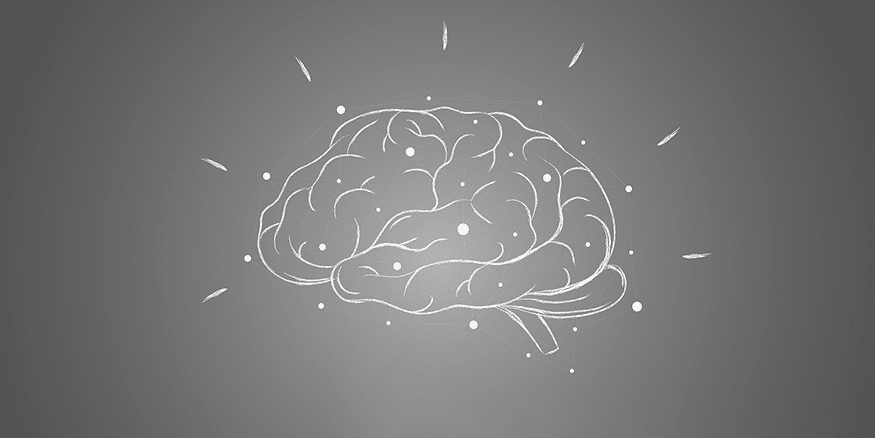
Gray Matter Changes in Irritable Bowel Syndrome (IBS)
Ever been told your IBS symptoms are all in your head? They might be, but in a much more literal way.
Irritable bowel syndrome (IBS) is a disorder defined by abdominal pain and bloating, as well as constipation and/or diarrhea. It affects 13-20% of Canadians, with more women than men diagnosed. IBS is regarded as a functional disorder because the symptoms arise from the way the digestive system works, rather than detectable structural abnormalities, as is the case with inflammatory bowel disease, where the intestines become notably inflamed.
However, new research1 shows that there could be a physiological aspect to IBS, but it lies in the brain, not the gut. The study, published recently in the journal, Gastroenterology, set out to discover whether there are any differences between the brains of individuals with IBS and those without it. Researchers have conducted similar studies on individuals with other functional disorders where persistent pain is one of the main symptoms, including fibromyalgia, chronic lower back pain, headaches and migraines, and chronic pain in the vulva. Most of the evidence they collected from these studies pointed to structural abnormalities in regions within the brain that may be important in regulating pain. Since IBS is similar to these disorders, the researchers hypothesized that IBS patients could have similar brain abnormalities.
This small study consisted of 55 females with IBS and 48 female controls. The researchers found that the women with IBS had abnormal changes in gray matter density when compared to the controls. Gray matter is found in regions of the brain that involve a number of neurological processes, including our perception of senses, as well as our muscle control, memory, emotions, and speech.2 After analyzing images of the women’s brains, the researchers found differences (increases or decreases) in gray matter density in areas involved in regulation of attention and emotions, and in areas responsible for regulating pain perception. These differences in gray matter density may cause IBS patients to feel more pain than individuals without the disease, and may contribute to problems with suppressing pain. The changes in gray matter were only in specific locations; the IBS patients had the same overall gray matter density as the controls, but it was distributed differently. They found these changes in patients who described their main symptom as pain, although it didn’t matter whether they had diarrhea, constipation, or both.
Even though their results showed distinct differences between the patients with IBS and the control group, the researchers are not sure whether the changes in gray matter could have lead to IBS, are a result of IBS, or have no bearing. Since this study was small, more research is needed to answer these questions, as well as to test if these differences are also present in men. In addition, the researchers believe it is important to find out if the changes are genetic, and therefore present in relatives without symptoms of IBS.
Nevertheless, the results of this study are of interest for individuals suffering with IBS, as they shine a new light on our currently limited knowledge of this disorder, and may help medical professionals devise more efficient treatment plans for IBS patients in the future.

